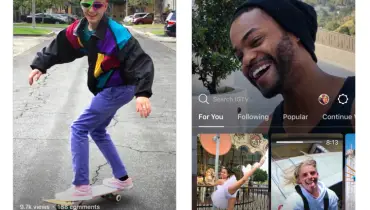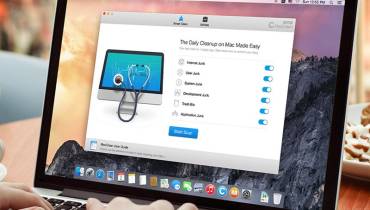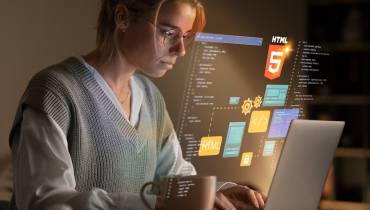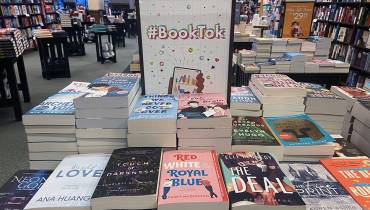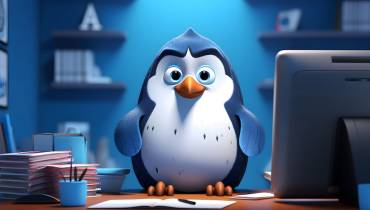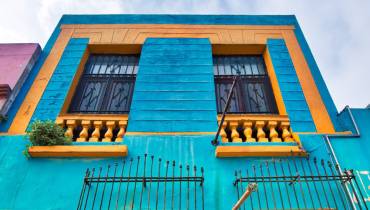Motion Graphics Animations: Key Things to Know
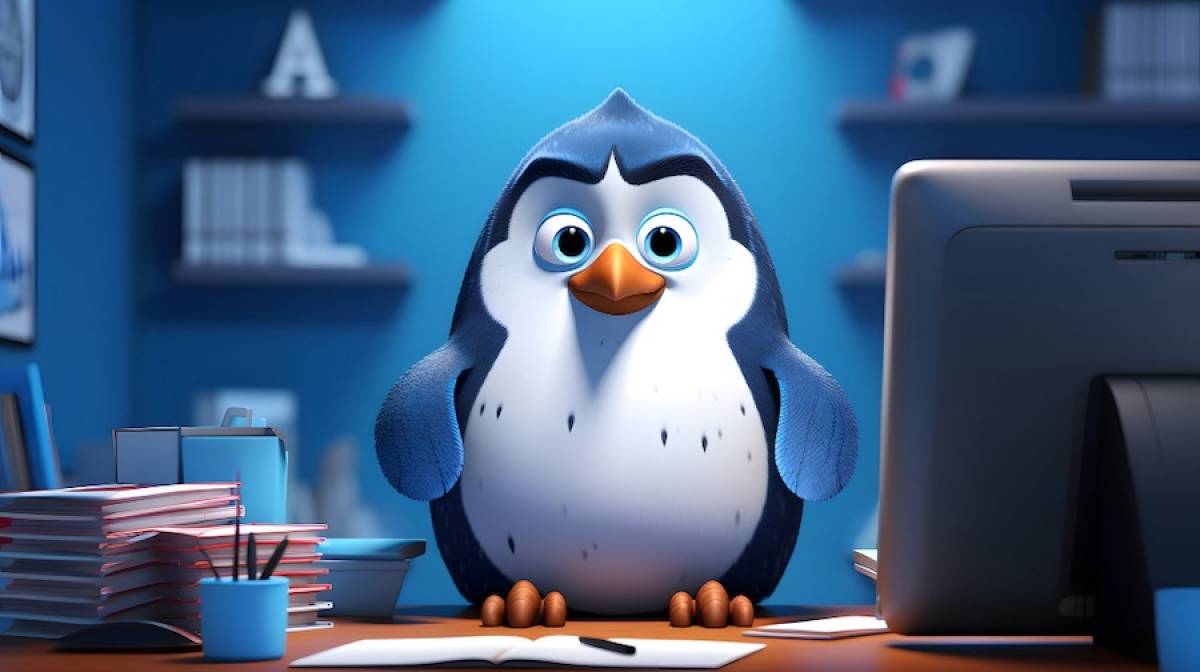
In the era of TikTok, Instagram Reels, and YouTube, dynamic visual content, animations, and motion graphics have taken center stage. It's important to understand these visual art forms.
Motion graphics describes the visual imagery, illustrations, or graphic design elements set to motion. Motion graphics brings together all visual aspects or graphic designs to create an appearance of movement of the subject.
Still photography doesn't involve any presentation of movement of the subject, and so it cannot be described as motion graphics. It is the movement of graphic design elements that gives life to the animated subject.
Motion graphics videos take graphic design elements or visual imagery that would otherwise be static and gives it some animated flair and movement, making them an effective tool for synthesizing concepts into highly digestible visual content.
Animation is an umbrella term for the whole field of moving imagery, including cartoons and shorter motion graphics that use the most basic 2D/3D graphics, among other animation styles.
Unlike animation movies/films, a motion graphic is a shorter form of animation that's designed to entertain or impart some information quickly. It isn't a full-blown animated film, like a Disney film.
Full animated feature films follow a specific narrative, with elaborate characters, plots, storytelling, and emotional twists. Animated films and TV shows are also a powerful storytelling medium.
Important Facets & Features of Motion Graphic Animations
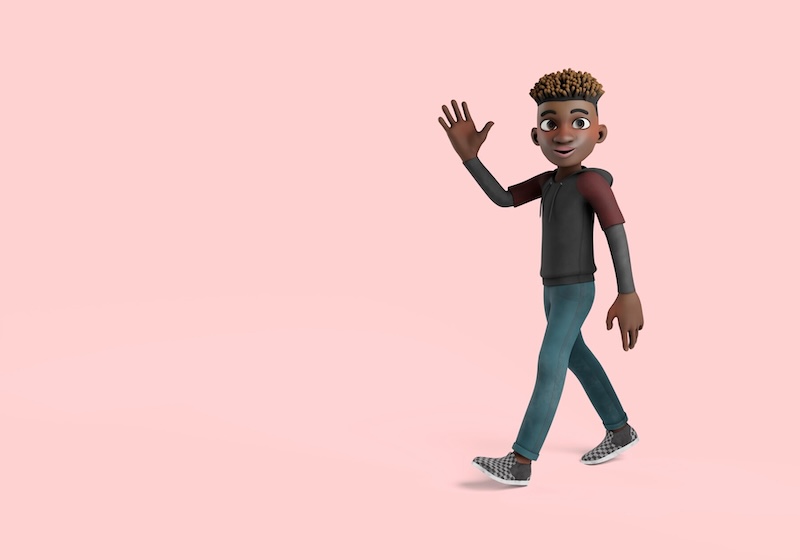
To make a good and effective animation, one must follow basic animation principles, including timing and spacing, squash and stretch, staging, anticipation, and ease in and ease out.
Moreover, you must also ensure that key facets of motion-based media come together in your animations, including:
- A great script
- An organized project manager
- Able art direction
- A clean copyedit
- Seamless animation
- Appealing graphics
- Excellent distribution strategy
Let's explore these key aspects and features of motion graphics to improve storytelling and enhance your animations:
1. A great script.
A wordsmith crafts the story around which the animation will rest. This is true when you make a 30-second video or a half-hour movie.
The motion graphics follow the dictates of the script that links all aspects of the movie together. It fills the many gaps in the flow of the video. Use a professional scriptwriter to get a good script that will carry the film.
Other than that, one must adhere to the storyline and pack a punch in the closing line.
2. An organized project manager.
This is the ship in which the entire project sails. The manager takes care of the timelines and organization needed at different stages. If things don't go well at any point, it will cost a lot to keep things going.
Apart from maintaining deadlines, they create production schedules, get content creators to write the scripts, coordinate the teams, and maintain a relationship with stakeholders and backers. They keep all the work focused and steadfast on the project goal, which is making of a truly great film.
3. Able art direction.
Because it is motion graphics, there is a wide scope for experimentation for the designers. But you also have limits beyond which the film will look and sound absurd.
The art director is one who keeps the film interesting and exciting. The visuals need to coordinate with the story, brand, and style. The outward look of the film must project the aim of making the film. It must deliver the message that matters.
4. A clean copyedit.
One is apt to make mistakes and unless you go over what you have done, there is going to be loose ends. To make sure that there are none, one must do the copyedit.
An experienced hand will help in this because he will know what to look for and what to do when he finds them.
5. Animation that is seamless.
There is plenty of motion in animations. If there is no smoothness in the flow of the animation, people will get a bad feeling when they watch the film.
There will be patches where the viewer will have to “figure out” what is going on. You can remove these patches by using good editing and a strong script.
6. Appealing graphics.
The visual communication medium rests on a good graphic designs. Good designs engage the viewer at an emotional level and communicates the story effortlessly.
Good designers understand, among other things, the concept of attractive and colorful graphics, data visualization, and idea presentation so the film becomes delightful to watch.
7. A strong distribution strategy.
One must bring the film to its audience. The distribution strategy will help in its design also because if one is using TikTok or Instagram to make the presentation, then one will design the film to cater to the audience on each of those particular platforms.
Types of Motion Graphics & Animations
Any type of animation deals with specific characters and or images that are made to move. And there are at least five common types of animations among which motion graphics is one.
The most common animation types are:
- Anime (derived from 'animation'): Mostly 2D image animations nowadays made using computers and further enhanced using CGI technology.
- CGI: Mostly 3D computer-generated image animations that provide greater realism and flexibility.
- Claymation: Specially made clay or plasticine models used to create animated characters and scenes.
- Cel (or hand-drawn animation): Traditional form of animation where characters are hand-drawn on clear celluloid sheets and placed over painted backgrounds.
- Motion graphics.
Advantages & Uses of Motion Graphics and Animations
Motion graphics animations may not have lengthy, elaborate storytelling, but they are still a powerful medium to market and develop an interest in the viewer, for example, so that he or she will convert or buy a product you promote.
Besides, all animations make the story, message, and graphic designs even more engaging and memorable. If you want to stay top of mind for longer, then motion graphics and animation videos are the way to go.
You can use motion graphics and animations for your logos, advertising creatives, social media memes, explainer videos, and opening credits on TV and video sharing sites to draw in, engage, and retain audiences much more powerfully.








